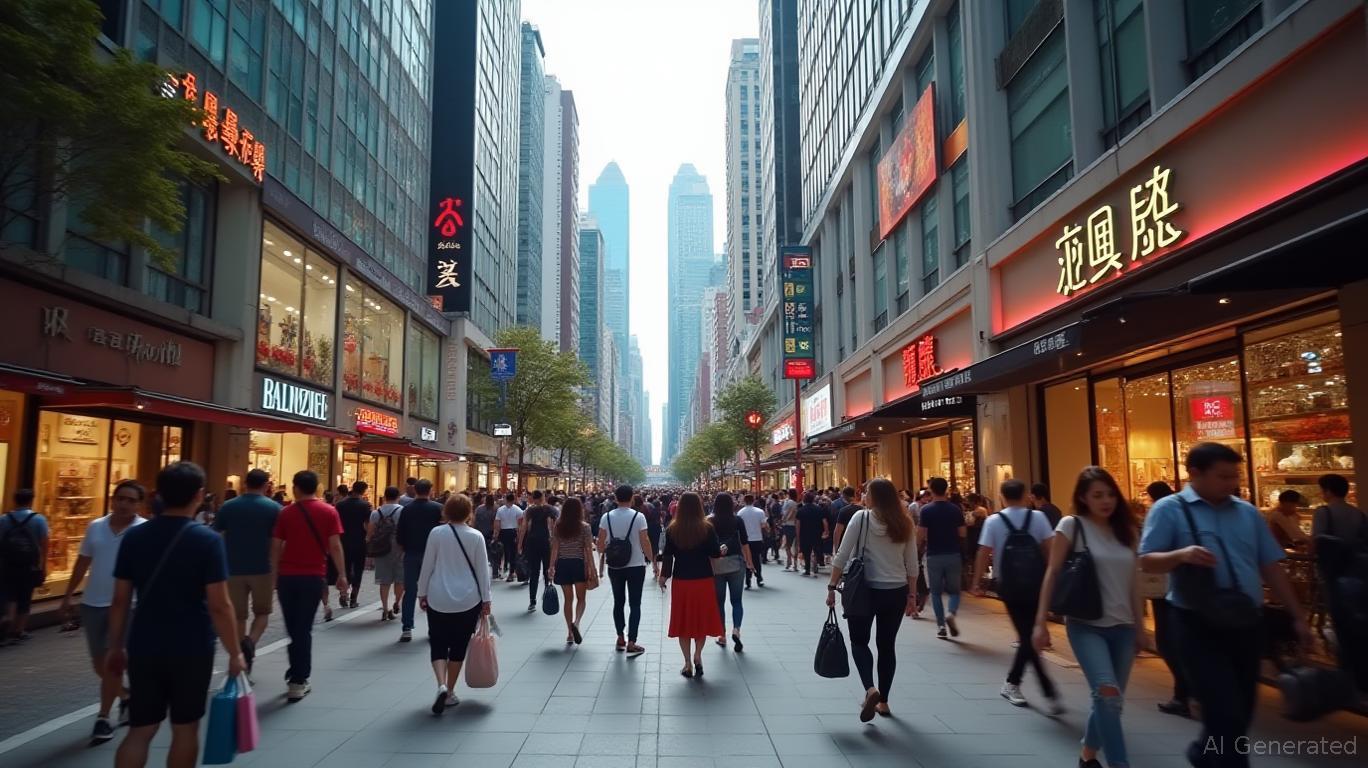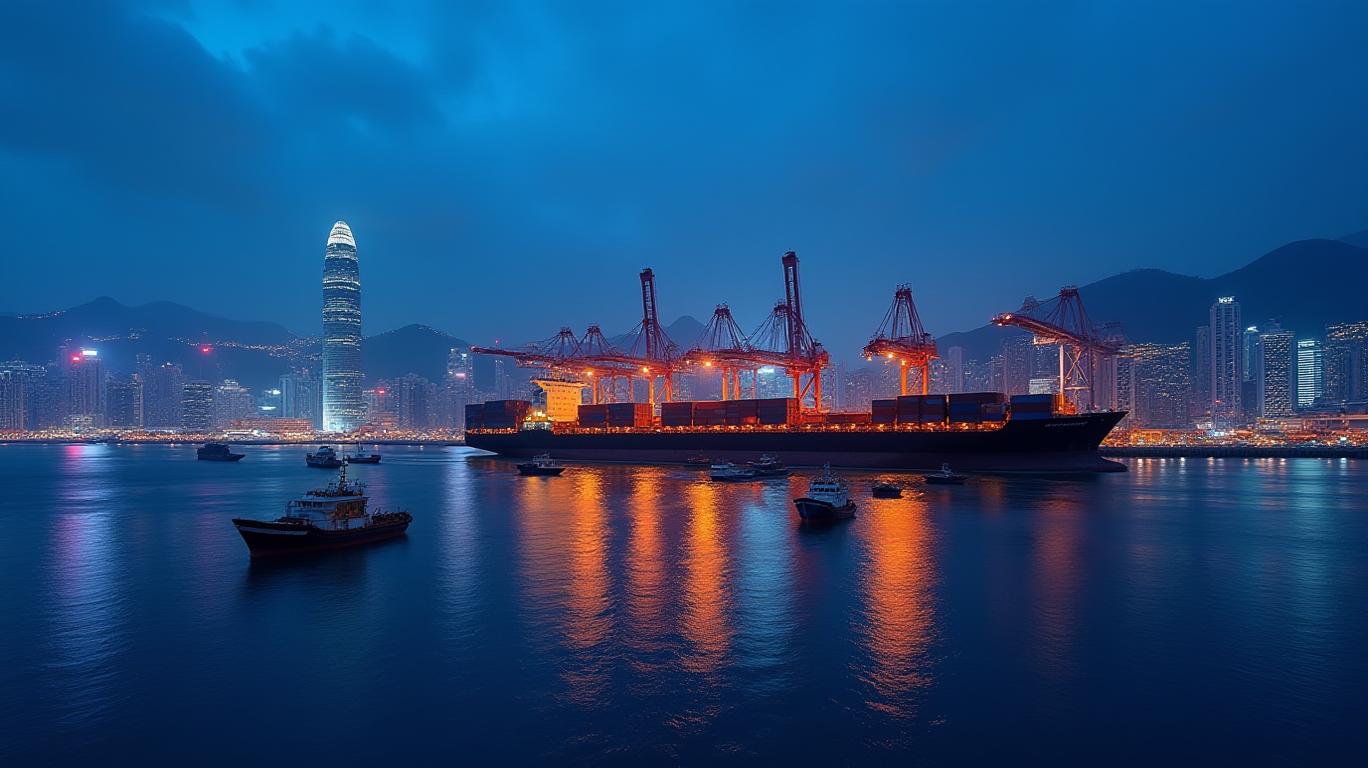Hong Kong’s Inflation Eases in March: A Balancing Act Between Global Pressures and Domestic Relief
The latest inflation data from Hong Kong paints a picture of moderation amid mixed sectoral pressures. The Composite Consumer Price Index (CPI) rose 1.4% year-on-year in March 2025, down from a 1.7% average in January and February, marking a slowdown that reflects both deliberate policy actions and shifting global dynamics.

At the heart of this moderation is a divergence in price trends. While utilities like electricity and water surged by 14% year-on-year—a stark contrast to declines in clothing (-2.8%), basic food (-1.5%), and durable goods (-0.5%)—the government’s one-off relief measures have cushioned households from the full brunt of these swings. Excluding those measures, underlying inflation dipped to 1.0% in March, down from 1.3% earlier in the year.
The sectoral split underscores a critical theme: global supply chains and energy costs are inflating core expenses, while domestic demand remains tepid enough to keep downward pressure on discretionary goods. Transport costs, for instance, fell 1.3% year-on-year in March, a reflection of softer global oil prices and competitive pricing in tourism. Meanwhile, the 14% spike in utilities—a category often tied to energy imports—highlights Hong Kong’s vulnerability to external commodity markets.
For investors, this data presents a dual opportunity and risk. The moderation in headline inflation could ease pressure on the Hong Kong Monetary Authority to raise interest rates, which remain pegged to the U.S. dollar. A would likely show equities benefiting from low borrowing costs, particularly in sectors like real estate and consumer staples.
Yet the underlying fragility is clear. The government’s relief measures—such as subsidies for utilities and public transport—are masking deeper inflationary forces. A sustained rise in global energy prices or a resurgence in travel demand (as seen in 2023) could quickly reverse the current trajectory.
The disparities between sectors also signal a fractured economy. While salaried workers (CPI(C)) saw their costs rise just 1.0% annually, luxury goods and services—captured in CPI(A)—still grew by 2.0%. This divergence suggests that wealthier households face steeper cost-of-living pressures, a trend that could exacerbate inequality and dampen broad-based consumption.
Looking ahead, Hong Kong’s inflation story will hinge on two factors: global trade tensions and government policy choices. The Chinese New Year timing effect has now normalized, but trade conflicts—such as tariffs on electronics or energy imports—could reignite price pressures. Meanwhile, the government’s ability to extend relief measures without straining fiscal reserves will test its long-term economic stewardship.
In conclusion, Hong Kong’s March inflation report is a snapshot of stability built on fragile foundations. The 1.4% headline rate offers investors a window to deploy capital in rate-sensitive sectors like real estate and financials. However, the 14% jump in utilities and the specter of external shocks—evident in the 1.0% underlying rate’s proximity to disinflation—caution against complacency. Investors would be wise to monitor closely.
As the data shows, Hong Kong’s inflation is neither a crisis nor a victory—it is a balancing act. The next move will be determined not just by local policy, but by forces far beyond the city’s harbor.
Final Note: The underlying CPI’s dip to 1.0% reflects both intentional policy efforts and global deflationary pressures. Yet with utilities alone contributing over 14% to inflation, the next chapter hinges on whether Hong Kong can insulate its economy from the next round of global supply chain shocks. For now, the numbers suggest a fragile equilibrium—but one that demands vigilance.


_442a2dcc1749832873286.jpeg)
_e68fac6d1749831664430.jpeg)






